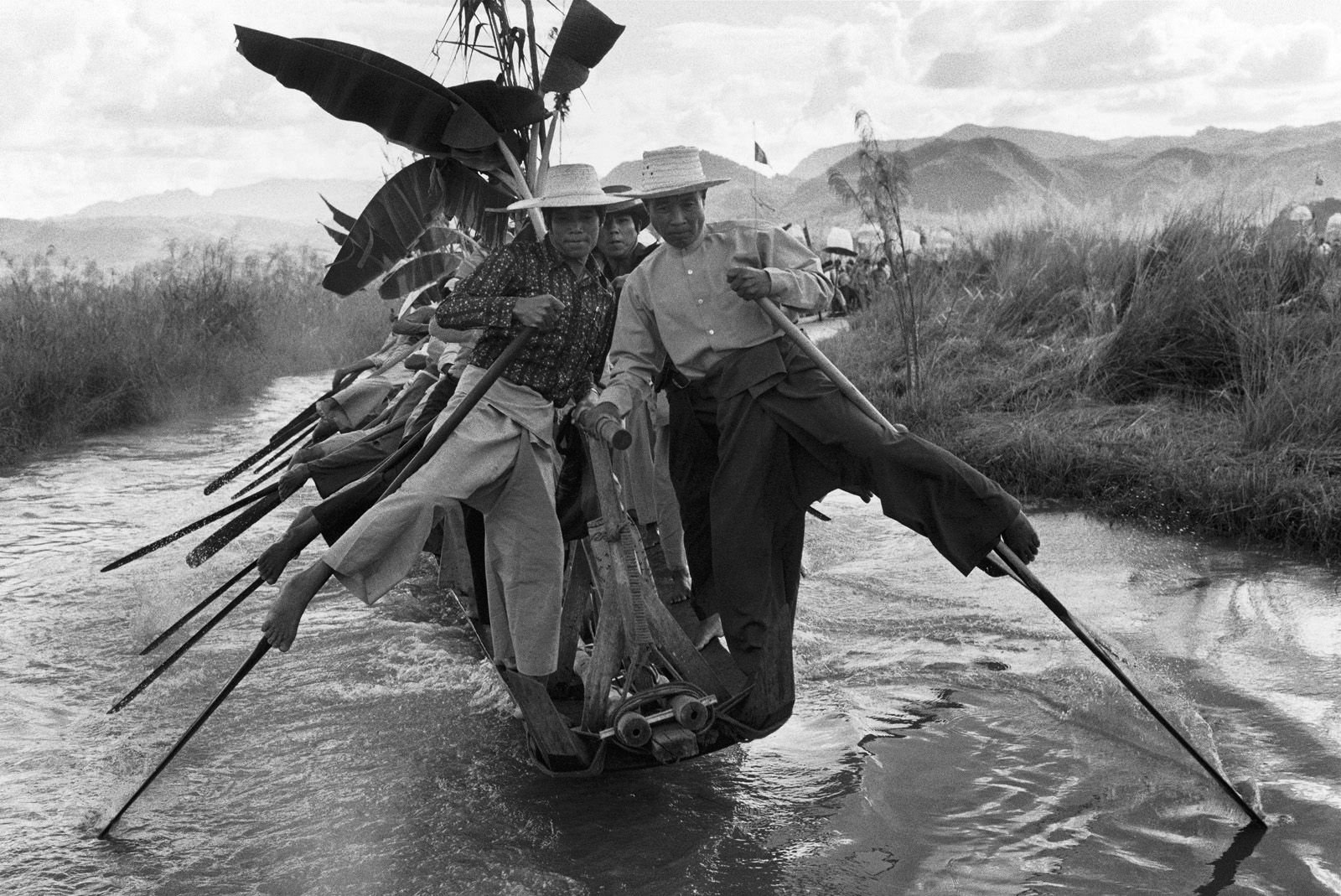Hiroji Kubota
U.S.A. 1963-69 and Burma 1970-78
Sep 9 - Oct 17, 2009
Photo Gallery International
-

©Hiroji Kubota/Magnum Photos
Hiroji Kubota, the only Japanese member of Magnum Photos, is active on the world stage. It was encounters with people and two countries “U.S.A. and Burma*” that led him to photograph worldwide.
In 1961 Kubota had the opportunity of helping Elliott Erwitt, Rene Buri and Burt Glinn when they were in Japan for shoots. He enthralled by their livelihood and decided to become a photographer. The next year, he flew to New York City against his family’s opposition with a one-way ticket to New York and Leica M3 with two lenses. Kubota’s photography life in the U.S.A. had started.
Kubota traveled around the U.S.A. from 1963 to 1967. The first visiting place was Washington D.C., and it was by chance the day of “March on Washington”. He traveled to the Southwest where native tribes lived, and Deep South, too. It was the first photographing trip that he was so aware of being Japanese. During his stay in the U.S.A., he saw with his own eyes that America was dramatically changing caused by Vietnam War.
In 1969 Kubota spent most of his time covering Okinawa before its reversion to Japan. He photographed not only American soldiers who would be sent off to Vietnam but also people of Okinawa. He was deeply moved by magnificent culture and lifestyle of people of Okinawa, and focused even more acutely on them. “I recognized myself as Asian for the first time and resolved to place Asia in the heart of my work,” he said. It was in America that he was nurtured as a photographer, and that had given him rather Americanized character. He felt pressed to shred this old skin that was hanging on him. To achieve this, he looked for of a country in Asia that was in most contrast to America. His answer was “Burma.”
Kubota made frequent trip to Burma from 1970 to 1978. It was 1962 when a coup d’etat took over U Nu administration. After the long military dictatorship, when the wealthiest country in southeastern Asia has tragically deteriorated into one of the poorest. He was so impressed by the Burmese people even though they live under such repressive regime they have retained their faith in religion, kind compassion and unimaginable spirit of generosity. Photographing of Burma led him to photograph other countries in Asia, and the occasion of shooting the Saigon’s fall led him full-scale working on Asia. From 1978, he has begun his long-term fieldwork in all province of China and North Korea. America, Burma, and China, these are truly the ABCs of Kubota’s photographic career.
Around 70 gelatin silver photographs taken in the U. S. A. and Burma are shown at the exhibition. They are printed in the 1970’s.
*Please note that the country’s name at the exhibition is written as “Burma” as it was called when photographed, instead of “Myanmar”.
Hiroji Kubota
Born in 1939 in Tokyo. Graduated from Waseda University, School of Political Science and Economics in 1962. Joined “Magnum Photos” in 1965. Selected one-person exhibitions: “On China” International Center of Photography (New York 1985), “From Sea To Shining Sea” (traveling exhibition in Japan, U.S.A., China, also around Asia 1992-1997), “Can We Feed Ourselves” (traveling exhibition in Tokyo, Firenze, and New York, etc. 1999-2001), “Images of Asia” Photo Gallery International (Tokyo 2001), “Hiroji Kubota: Dye-Transfer Prints Portfolio” Canon Gallery S (Tokyo 2005), “Hiroji Kubota A Portrait of Asia: Dye Transfer Print Collection” Kiyosato Museum of Photographic Arts (2009).
Exhibitions at PGI
| U.S.A. 1963-69 and Burma 1970-78, Sep 9 – Oct 17, 2009 |
| Images of Asia, Jun 1 – Jun 30, 2001 |
| Guilin, Nov 18 – Dec 17, 1988 |